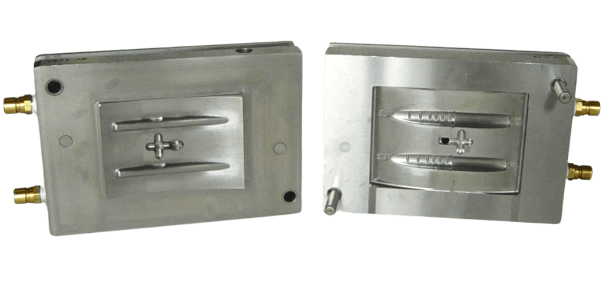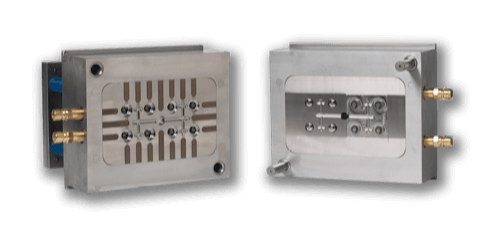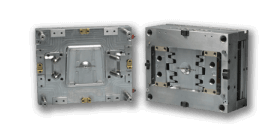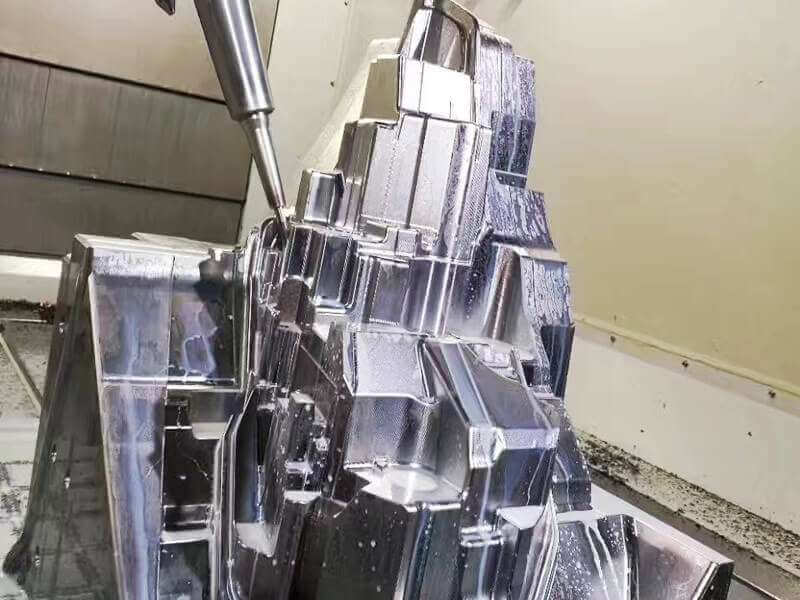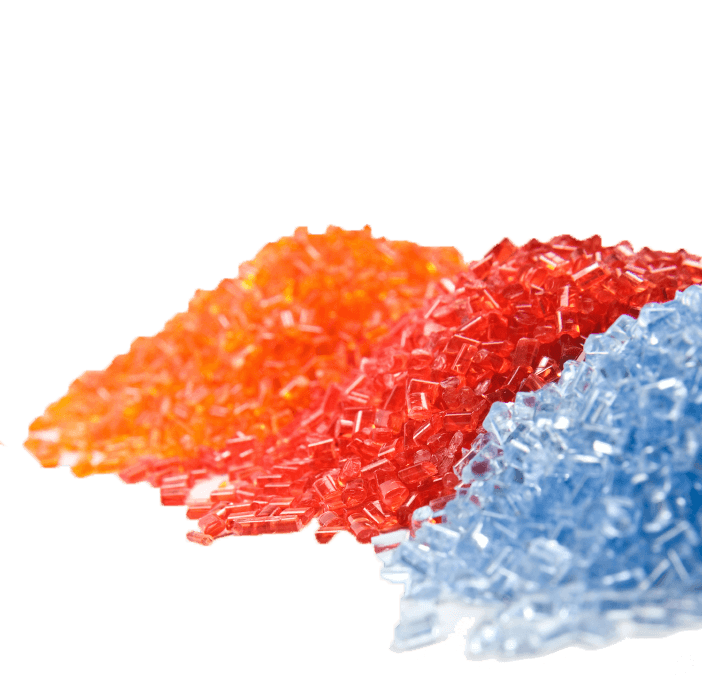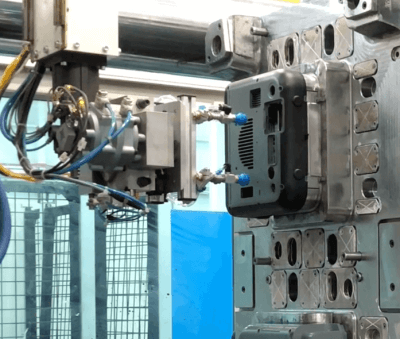- Prototype Molding
- Bridge Molding
- Rapid Production
| Prototype Molding | Bridge Molding | Rapid Production | |
$ | $ /Only | $ /Only | |
| Lead-time
Typical time from project start to sample parts
| 2-4 weeks | 3-6 weeks | 4-8 weeks |
| Price | Starting at $899 | $$ | $$$ |
| Typical Tool Life (cycles) | 10k+ | 300k+ | 500k to 10M+ |
| Sharp Corners
We use advanced EDM technology so your parts can have sharp corners
| |||
| Undercuts
Slides, lifters & male threads
| Yes (manual & automatic) | Yes (automatic) | Yes (automatic) |
| Threaded Holes
Requires unscrewing mechanism
| Yes (manual) | Yes (automatic) | Yes (automatic) |
| Insert Molding | |||
| Over Molding | |||
| Unattended Molding | |||
| Proprietary Insert System
Used for low-cost molds
| |||
| Customer Owned Tooling | Learn More | Learn More | Learn More | Learn More |

